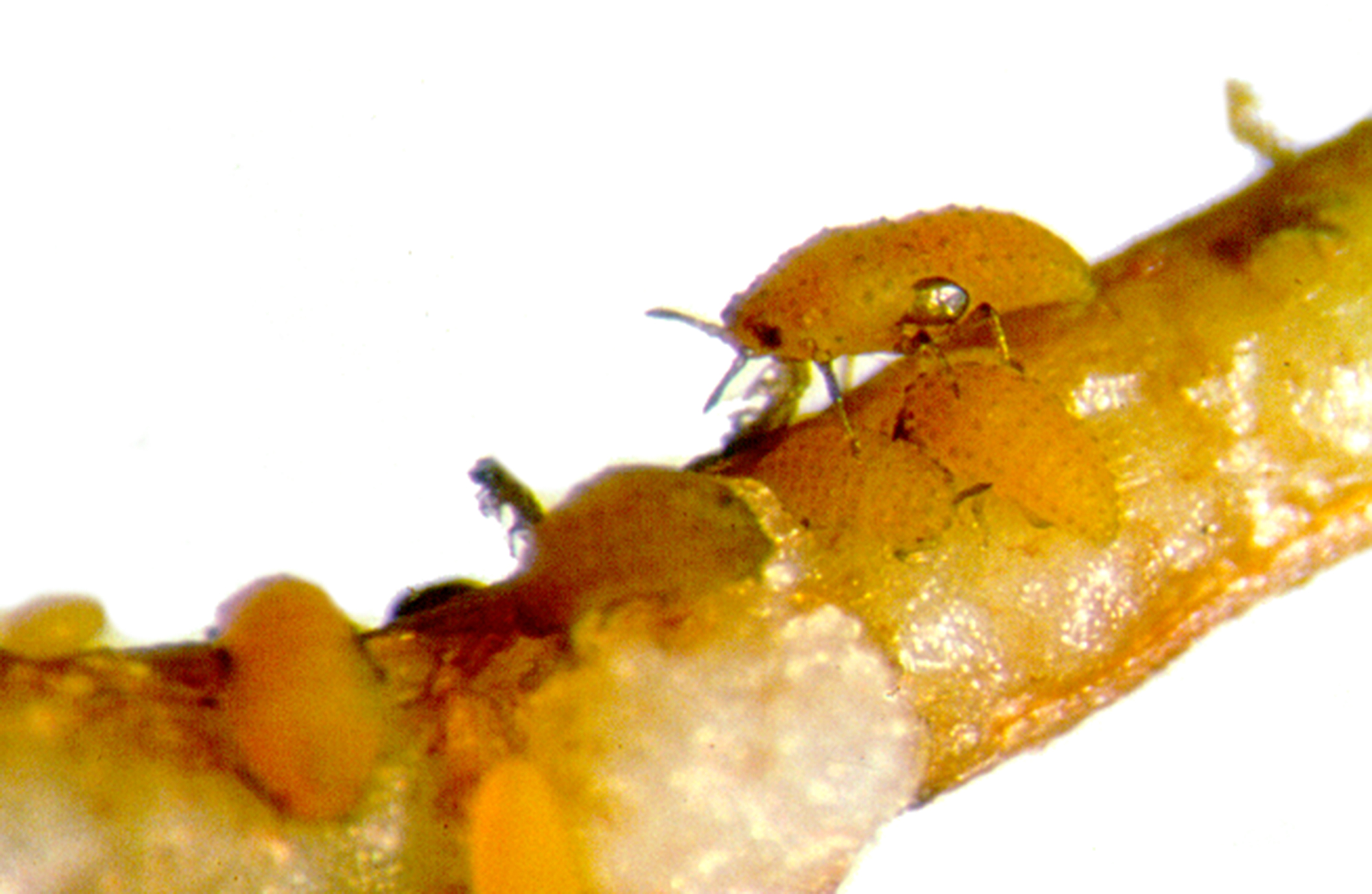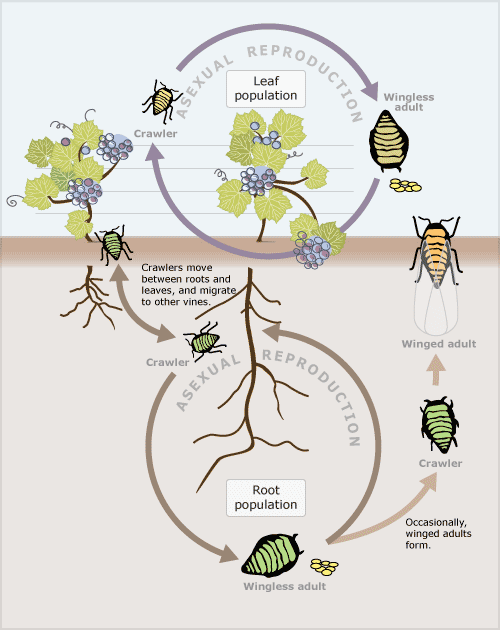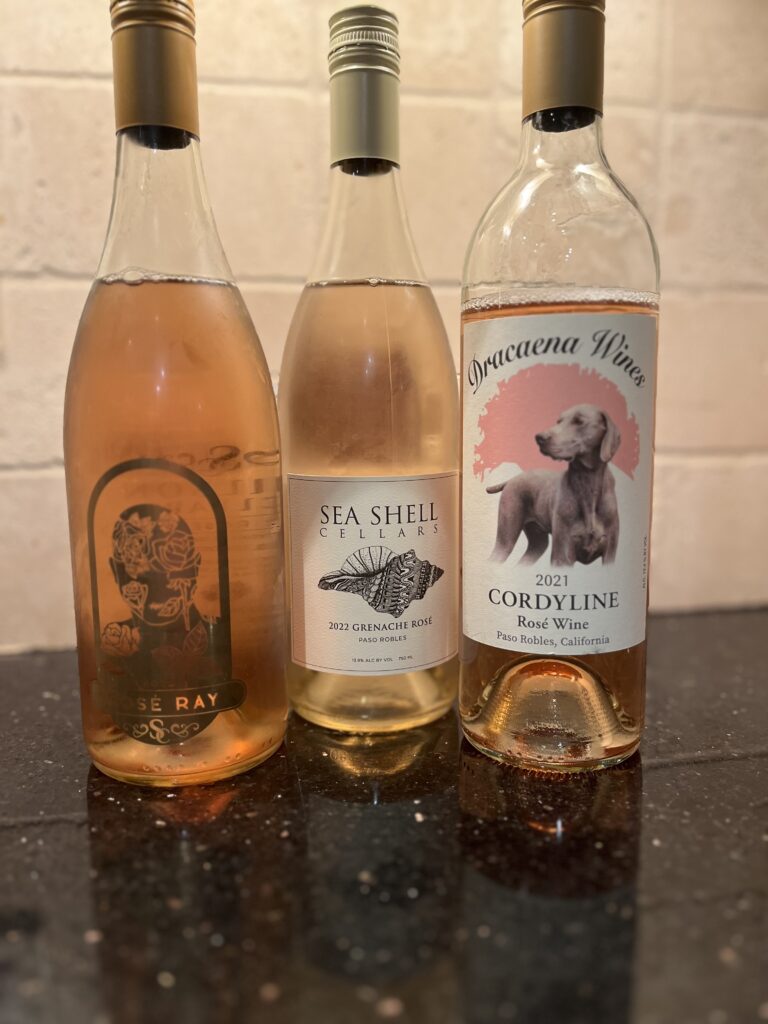Phylloxera is a very complex organism and has had a longtime relationship with wine. There are so many aspects of this relationship, I’ve decided to break it up into several blog entries. This first post will be about the organism itself – more biological. The second entry will be the history of phylloxera infestation in France and what it meant to the US wine industry. The final post will be about how the wine industry fought back. I hope you enjoy.
Daktulospharia vitifoliae are the nightmare of all wineries and vineyard managers. It is better known as Phylloxera, a plant lice, and it is a nasty little insect related to aphids. Anyone with a garden is familiar with aphids, but these little buggers are much more voracious.
 |
| Phylloxera – almost microscopic aphid |
 |
| Leaf galls |
These hatch, mate and die. But before the female dies she lays one special egg (winter egg) in the trunk of vine. This egg develops into the leaf form of the aphid and crawls up to the leaves and injects saliva to create a gall (lump). She then asexually deposits eggs into this gall. These eggs hatch and these nymphs move to other leaves or the roots where they create more infections in the root form. They destroy the roots by making incisions in the roots and secreting a poison that prevents the roots from healing themselves. They deposit more eggs that then give rise to a multitude of other generations. They can move from root to root and to neighboring vines through the soil.
 |
| root nodules |
In autumn, these nymphs hatch and then hibernate in the roots and re-emerge in Spring when the sap is plentiful. If the weather is humid, they will develop into the wing form. If it is not humid no wings develop. Whichever form, they start the cycle all over again.
 |
| life cycle overview |
Pretty nasty, right? And it is all done asexually. So they don’t need to find a mate. They can reproduce at will, and reproduce they do. With three to five generations each year, a lot of damage can be done in a short amount of time.
~Slainte!
Part II will discuss the history of Phylloxera in relation to France and how it effected the US wine industry.


Great info. Knew some of it; some probably more than I actually wanted to know (I am easily grossed out by bugs) but I always appreciate being educated by you. Can’t believe in 2014 there is no real treatment or cure. Cheers!
Thank you Michelle for reading and sharing- and of course the very kind words! Yes, I completely agree with you on the fact it is crazy that we havent found a cure for these horribly yucky lice.